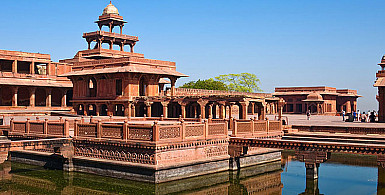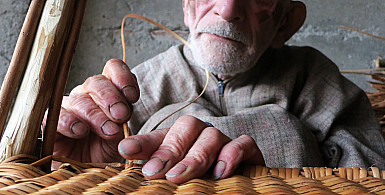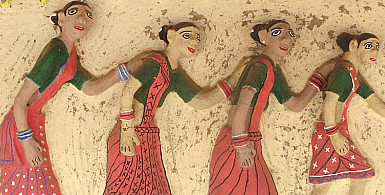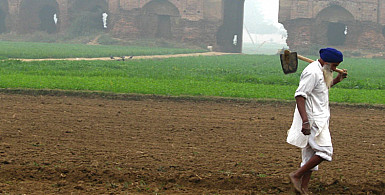At Gaatha, every detail of your dining experience matters. Our range of trays, platters, and other serveware products are all crafted with care using natural materials to offer both practicality and a subtle touch of handmade charm. Whether you are setting a casual table or preparing for a special meal, these pieces add an effortless elegance to your space. Shop our exclusive handcrafted serveware collection to elevate your everyday dining!
Made & Mkt by: Saath
Product Code: 2011-T25-Pink-16-6-PTH003-02
Man, an eternal traveler has traversed landscapes... on foot, on his rides, on flights in search of better lands, wealth and at times merely for wander lust... trading goods for necessity and pleasure on the way. One such route came to be known as the Silk Road, connecting the Far East to the W..
Rs.2,320
Made & Mkt by: Saath
Product Code: 2011-T25-Orange-16-6-PTH002-01
Man, an eternal traveler has traversed landscapes... on foot, on his rides, on flights in search of better lands, wealth and at times merely for wander lust... trading goods for necessity and pleasure on the way. One such route came to be known as the Silk Road, connecting the Far East to the W..
Rs.2,320
Made & Mkt by: Saath
Product Code: 2011-T25-Black 8*8 AHWP/o01-19
Legend tells us that, centuries ago, in the stark landscape of Saurashtra, a shepherd man married a woman from the weaver community amidst great opposition from both sides. He went to live among the weavers. Here he continued to graze his sheep but also learnt the art of weaving. Thus, wool began to..
Rs.2,740



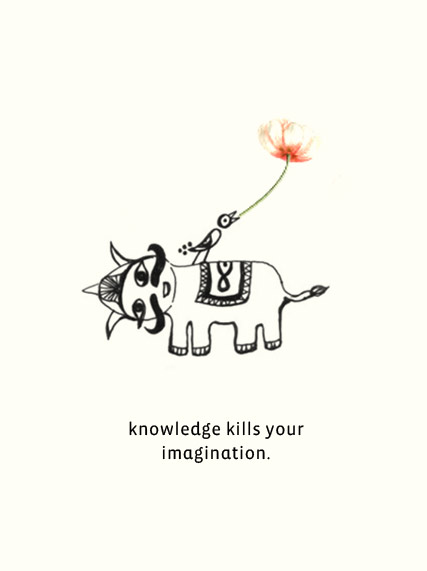

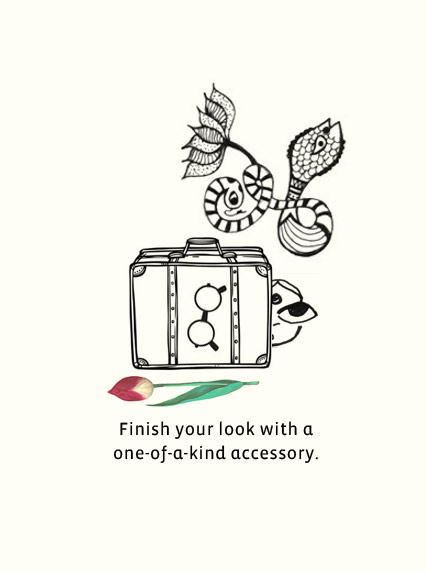


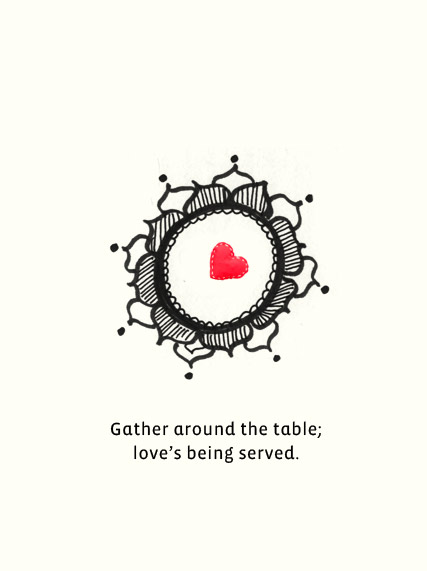

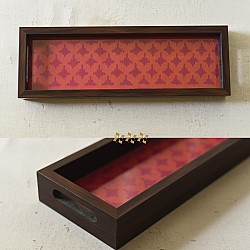
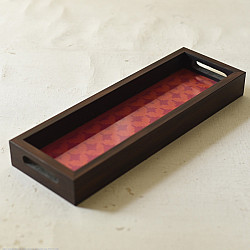
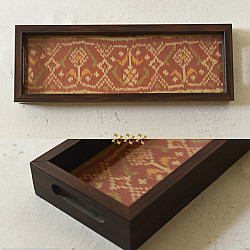
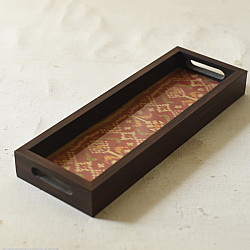
-250x250.jpg)
-250x250.jpg)
-250x250.jpg)
-250x250.jpg)
-250x250.jpg)
-250x250.jpg)
-250x250.jpg)
-250x250.jpg)
-250x250.jpg)
-250x250.jpg)
-250x250.jpg)
-250x250.jpg)
-250x250.jpg)
-250x250.jpg)
-250x250.jpg)
-250x250.jpg)
-250x250.jpg)
-250x250.jpg)
-250x250.jpg)
-250x250.jpg)
-225x150w.jpg)
-225x150w.jpg)
-225x150w.jpg)
-225x150w.jpg)
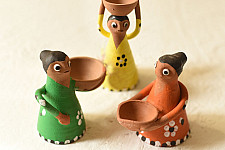
-225x150w.jpg)
-225x150w.jpg)
-225x150w.jpg)
-225x150w.jpg)
-225x150w.jpg)
-225x150w.jpg)
-225x150w.jpg)
-225x150w.jpg)
-225x150w.jpg)
-225x150w.jpg)
-225x150w.jpg)
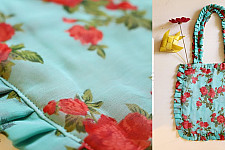
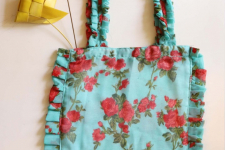
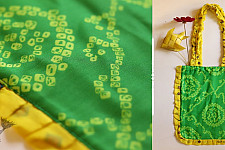
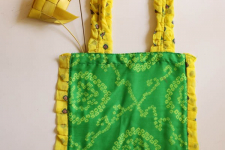


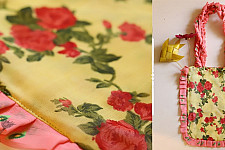
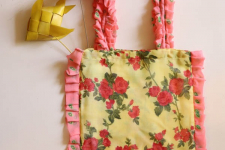
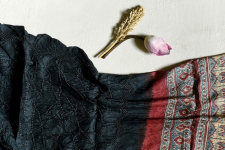
-225x150w.jpg)
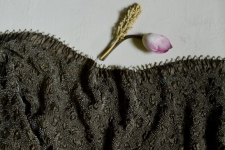
-225x150w.jpg)

-225x150w.jpg)
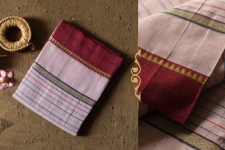
-225x150w.jpg)
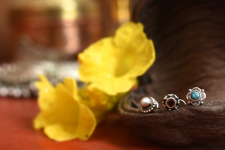

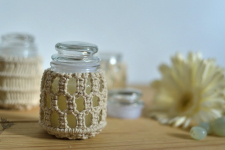
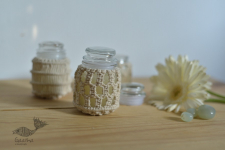
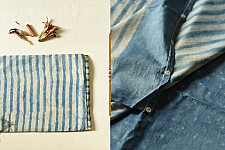
-225x150.jpg)
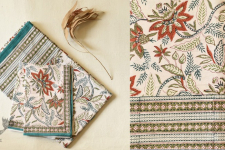
-225x150w.jpg)
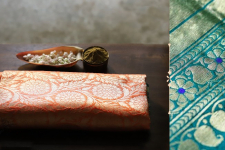
-225x150w.jpg)
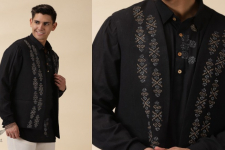
-225x150w.jpg)
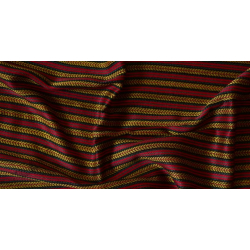
-250x250w.jpg)
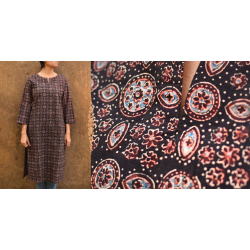
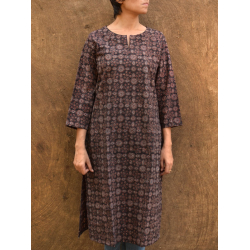

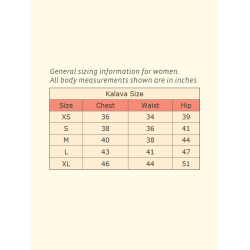
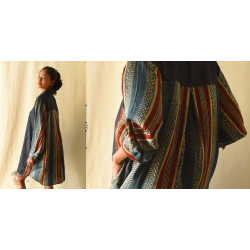

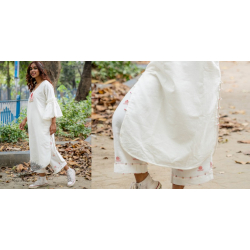
-250x250h.jpg)
-250x250.jpg)
-250x250.jpg)
-1-250x250.jpg)
-250x250.jpg)
